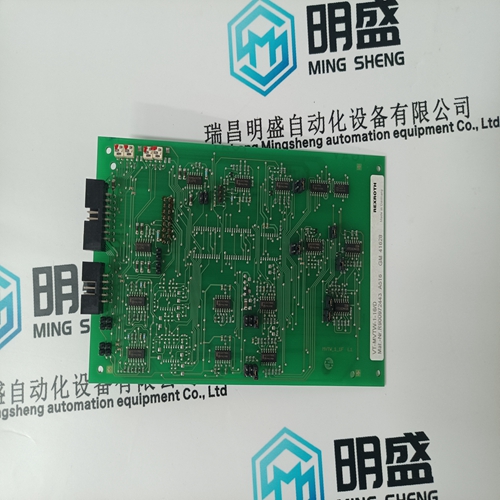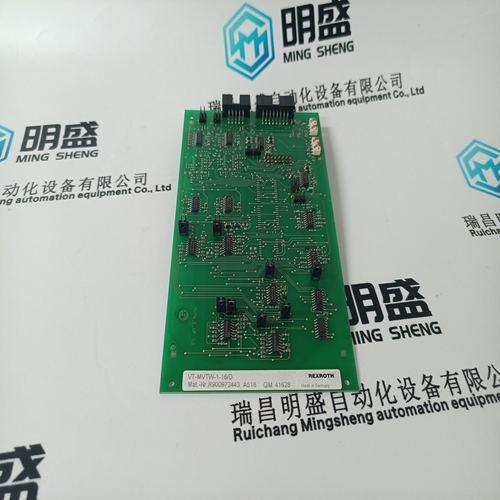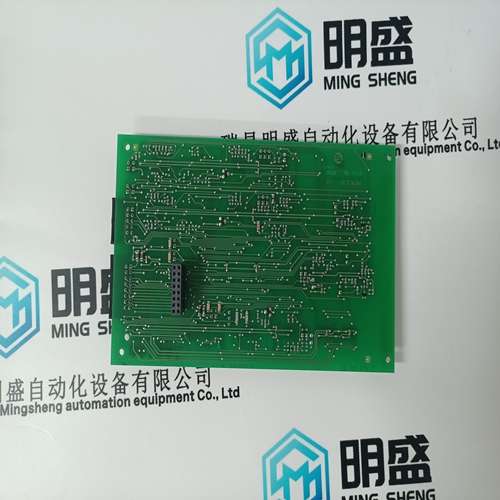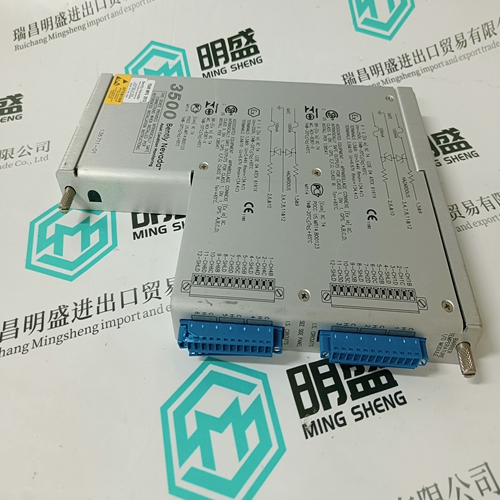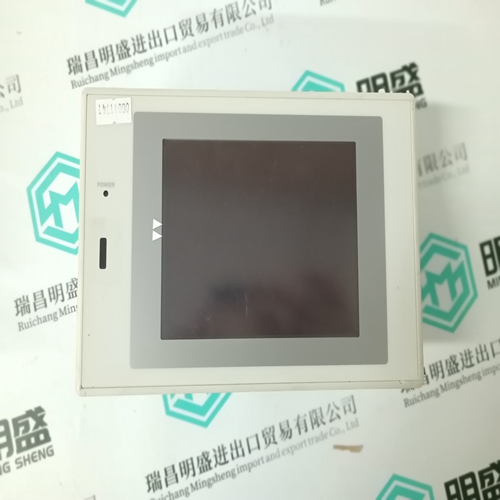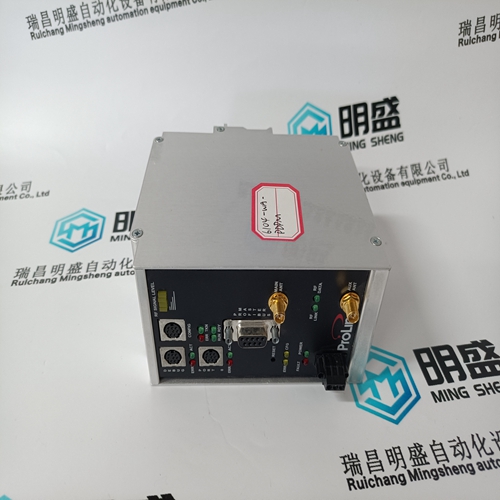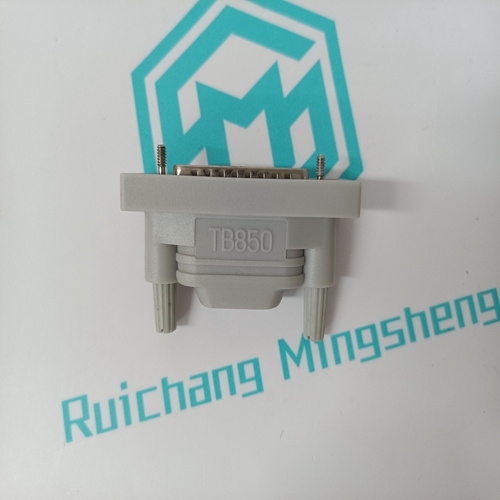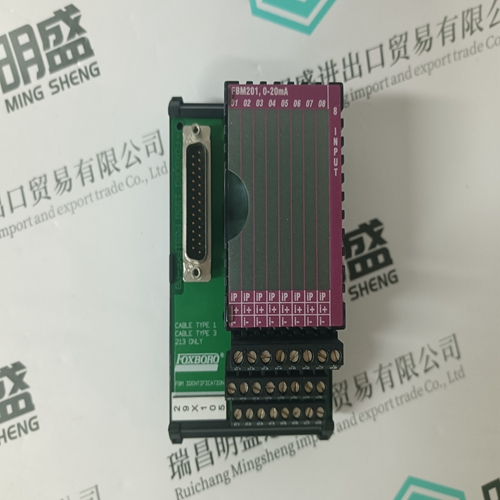Home > Product > Servo control system > VT-MVTW-1-16/D Servo driver module
VT-MVTW-1-16/D Servo driver module
- Product ID: VT-MVTW-1-16/D
- Brand: Rexroth
- Place of origin: the United States
- Goods status: new/used
- Delivery date: stock
- The quality assurance period: 365 days
- Phone/WhatsApp/WeChat:+86 15270269218
- Email:stodcdcs@gmail.com
- Tags:VT-MVTW-1-16/DServo driver module
- Get the latest price:Click to consult
The main products
Spare parts spare parts, the DCS control system of PLC system and the robot system spare parts,
Brand advantage: Allen Bradley, BentlyNevada, ABB, Emerson Ovation, Honeywell DCS, Rockwell ICS Triplex, FOXBORO, Schneider PLC, GE Fanuc, Motorola, HIMA, TRICONEX, Prosoft etc. Various kinds of imported industrial parts
Products are widely used in metallurgy, petroleum, glass, aluminum manufacturing, petrochemical industry, coal mine, papermaking, printing, textile printing and dyeing, machinery, electronics, automobile manufacturing, tobacco, plastics machinery, electric power, water conservancy, water treatment/environmental protection, municipal engineering, boiler heating, energy, power transmission and distribution and so on.
VT-MVTW-1-16/D Servo driver module
Relay Functional Clarifications The Shutdown Condition relay may be programmed to indicate a shutdown condition on a remote panel or to a plant DCS. The Shutdown Indication relay is normally de-energized. This relay will energize upon any shutdown condition and stay energized until all trips have been cleared. The ‘RESET CLEARS TRIP’ function has no effect on the programmable Shutdown Indication relay.
When programmed as a Trip relay, the respective relay will function like the dedicated “Shutdown” relay (normally energized and de-energizes on a shutdown) to indicate the position of the dedicated Shutdown relay. This relay output can be programmed to indicate a 505 initiated trip by setting the ‘Ext trips in Trip Relay’ option to NO. Using this option, 505 trip annunciation will only occur if the 505 tripped the turbine and not annunciate when the other external devices shuts down the unit (external trips).
The Alarm Condition relay
may be programmed to indicate an alarm condition on a remote control panel or to a DCS. The Alarm Indication relay is normally deenergized. This relay will energize upon any alarm condition and stay energized until all alarms have been cleared. If the ‘BLINK ALARMS’ option is ‘YES’ the programmable Alarm Condition relay will toggle on and off repeatedly when an alarm condition has occurred. With this configuration if a reset command is given and the alarm condition still exists, the relay will stop toggling and stay energized. The 505 Control Status OK relay is normally energized, and will only de-energize if unit inlet power is lost, the 505’s CPU fails, or the 505 is in the program mode. The Overspeed Test Enable relay will energize when an Overspeed Test is performed. This relay functions like the 505 OSPD key’s LED (it repeatedly toggles on and off when turbine speed is above the turbine Overspeed trip setting). An Underspeed Switch function can be programmed to indicate a turbine underspeed or overpower condition. If the Underspeed option is configured, once turbine speed reaches a level above the minimum governor speed setting, then decreases 100 rpm below the minimum governor speed setting, the respective relay energizes (indicating an underspeed condition). The ‘Underspeed setting’ is adjustable through the Service mode, under the ‘Speed Values’ header.
When the Sync Enabled function is programmed
the assigned relay energizes when a synchronize command is given. After the unit generator or utility tie breaker is closed this function becomes disabled and the relay de-energizes. The 505’s Synchronization function can be used to synchronize across a generator breaker or utility tie breaker. When the Sync or Load Share Active function is programmed, the assigned relay energizes when a synchronizing or Load Sharing is active. When both the generator and utility tie breaker inputs are closed (Load Sharing not selected) this function becomes disabled and the relay de-energizes. When the Modbus Command function is programmed, the assigned relay energizes when the respective Modbus command “Turn On Modbus Relay X” is issued, then de-energizes when the respective Modbus command “Turn Off Modbus Relay X” is issued. This feature allows a 505 relay to be driven directly from Modbus to control a system related function (synchronizing). In addition, the assigned relay can be momentarily energized using the Modbus command “Momentarily Energize Modbus Relay X” is issued (voltage raise/lower commands). Refer to Chapter 6 of this manual for more information on Modbus commands
